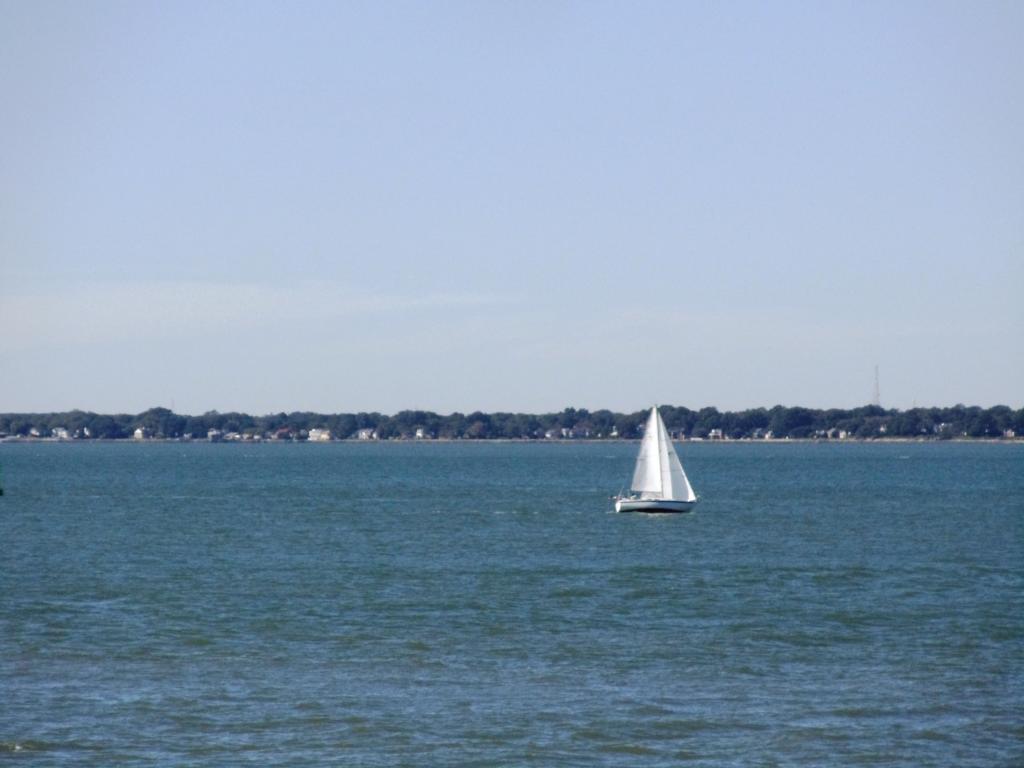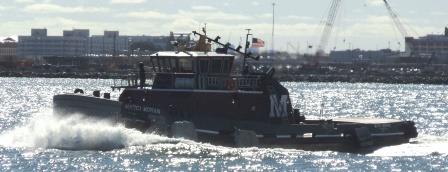
To fully appreciate the US Navy plowing up the York River to the Yorktown Naval Weapons Station, you have to see the ships at their base. The last time I transited Norfolk Naval Base was in February 12 years ago when Greg Smith helped me sail the NTM 320 Hunter up from Waterside. I hired a delivery captain to bring it there from Wilmington via the Inland Waterway.
I took a tour arranged by Bill Fox with members of the Middle Plantation Club, and we wound up the only ones going—with his wife Mary. Fox is intriguing because he once produced a coffee table book, “All Good Ships,” recounting thousands built by Newport News Shipyard.
We hopped a day boat from Hampton to cross the James and see the Naval Base, one of the largest in the world. From there, ships cruise to Yorktown to load and offload their munitions of war. It was quite an adventure.
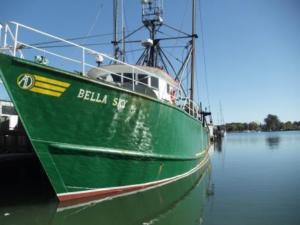
Down by the water, Hampton is noted as a fishing village. We passed the famed L.D. Amory wholesaler, which takes in the catch from fishing boats that have been out harvesting the sea for three to six months. The docks smell ripe with fish of all kinds. Bella Sky was typical of these sturdy boats.
On the way out of Hampton Creek, we passed large yachts and sailboats that were docked for half a mile. A Moran tug ventured past us. Capt. Mike at the helm of our tour boat has his 200 ton USCG license but said he would need 500 tons to run a big tug.
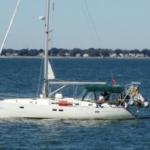
While heading across the mouth of the James, we passed a 40-foot sailboat motoring and a tug pushing a barge. The James is much busier than the York because it forms the entrance to the Navy yard and takes commercial traffic in and out of Norfolk International Terminal. Other ships head to Richmond. Thus it’s safer to douse the sails and motor to one’s destination.
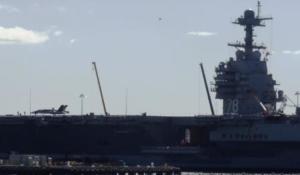
Once across the James, we approached the Elizabeth River on the green buoys, arriving first at the new USS Gerald R. Ford, the latest aircraft carrier in the Navy. It was formally accepted this summer. A single jet sat on the deck, since the other 80 are not assigned yet. Typically the jets fly off the carrier in a day or two early from deployment to Norfolk Naval Air Base.
Six to eight Navy ships were out at sea helping victims from multiple hurricanes along the East Coast. Among them was the USS Comfort, a hospital ship sent to ravaged Puerto Rico. Farther down the Elizabeth River lies Portsmouth, home of the original British port Gossport, which traded hands during the Revolutionary War between British and American forces.
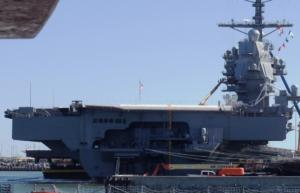
The Ford has two nuclear reactors, down from six in the original Enterprise carrier. The reactors each provide 300 megawatts of electricity to propel the ship. Unlike the older Nimitz class carrier, which used steam-powered restraining cables, the Ford deploys electro-magnetic launching cables that can be powered up for big aircraft and powered down for smaller jets.
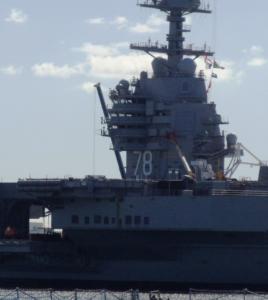
From a side angle, we could see under the flight deck, through and through with doors open on both sides. Most famously, the conning tower sits way back on the flight deck. Overall, the Ford is as tall as a 45-story building. It has up to 5,000 personnel, half in the air wing and half for the ship. Carriers are the heart of a group comprising 22 or so ships. The United States Navy has 11 carrier groups.
Warship 5 was the USS Wasp, which looks like a smaller version of an aircraft carrier. It transfers hundreds of Marines and their landing craft onto enemy shores. The aircraft are either helicopters or tilt-wing planes. The tailgate folds down to expel the men and machines.
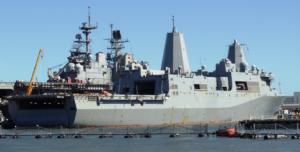
Next door lies the USS Mesa Verde, a modern version of the LHD. It’s an amphibious transport dock that is stealthier but can do the same job of delivering a veritable battalion. Its sister ship USS New York has steel in the bow from the Sept. 11 destruction of the Twin Towers. The USS Pentagon and USS Somerset complete the 9/11 trilogy of LHDs built after the attacks in 2001.
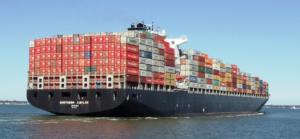
Off to our starboard appeared a massive container ship with thousands of boxes tightly wrapped. The freighter Northern Light has a gross tonnage capacity exceeding 36,000 tons. It has as many containers below deck as above, hence a good stability. Our starboard-to-starboard passage was no farther than 100 yards. Fox said, “We’re not likely to ever get that close to a freighter that size.” It’s almost 800 feet long and 94 feet wide.

Later we saw the Northern Light pass the USS Laboon in the shipping channel. From our viewpoint it looked like an imminent collision.
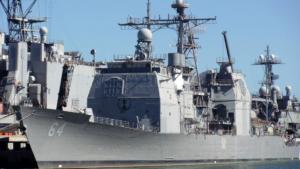
Numerous destroyers and guided missile cruisers loomed in their ports. The Arleigh-Burke class of destroyer can track 500 targets over 400 miles with its formidable missiles. Destroyers are the fastest warships in the world. They are smaller and have 90 missiles. Cruisers are slower but have 120 missiles. Each one is a Tomahawk that can fly 1,000 miles to a hit a point precisely.

We saw three submarines. The first was a big Los Angeles class boat, which has one giant prop and 130 crew stuffed inside. The second was another LA class next door. Behind it was a newer Virginia class sub recently built by Newport News Shipyard across the James. It’s the USS Washington.
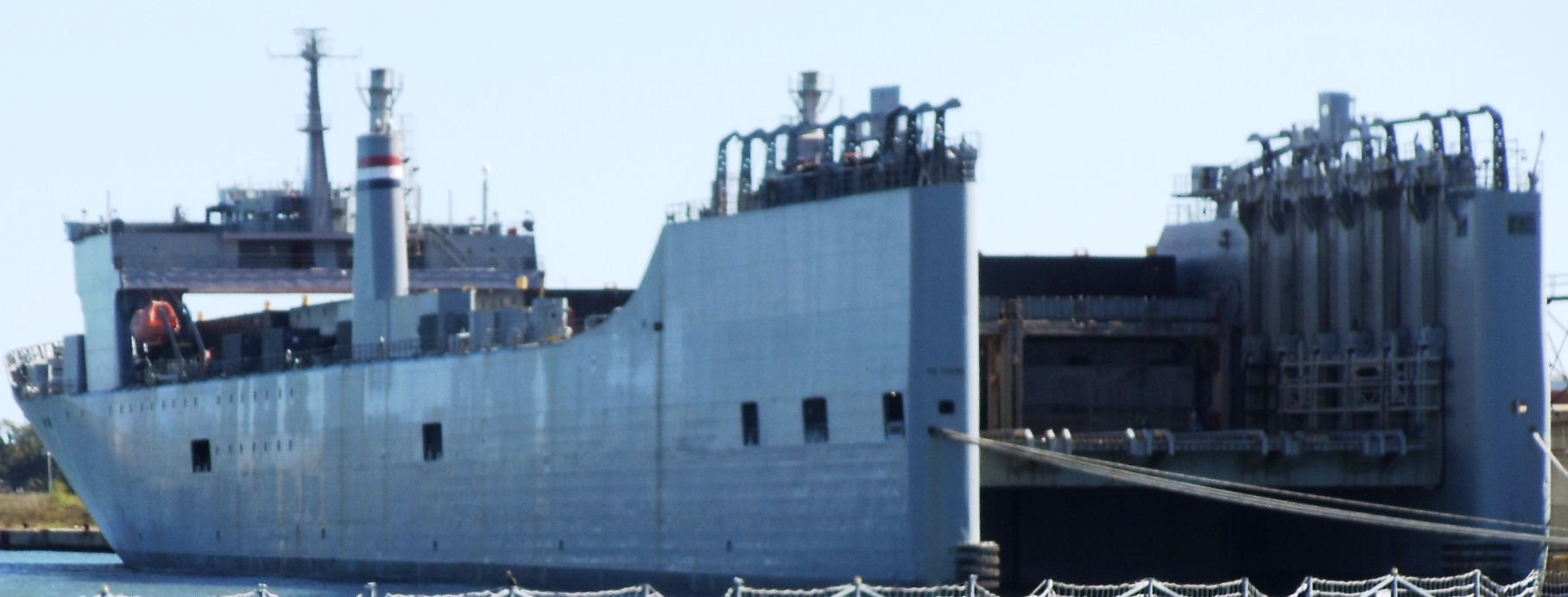
Next came the USS Gettysburg, an older style cruiser according to Bill Fox. Then came the USNS Cape May, a giant open ship that can load 32 barges for deployment by the US Marines into battle. If the ship can’t land on a beach, it can offload one barge at a time for a tugboat to run into shore.
The Cape May is part of the Military Sealift Command, ie. privately owned but assigned to the Navy. Yellow, red and blue bands on the stack signal the distinction from the Navy ships. Such ships also carry orange lifeboats, unlike traditional Navy ships.
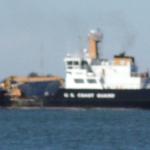
Out in the James, we saw in the distance a USCG buoy tender, discernable by low gunwales that permit easy offloading of channel markers for repair or redeployment. We also saw dolphins, which is odd so late in the season.
As we headed back to Hampton, another warship made the turn into the James at the Thimble Shoals lighthouse. It was the USS Cole, which was out for a day or two of maneuvers. Terrorists blew a 40-foot hole in the side in 2000 at the port of Yemen, killing 17 men.
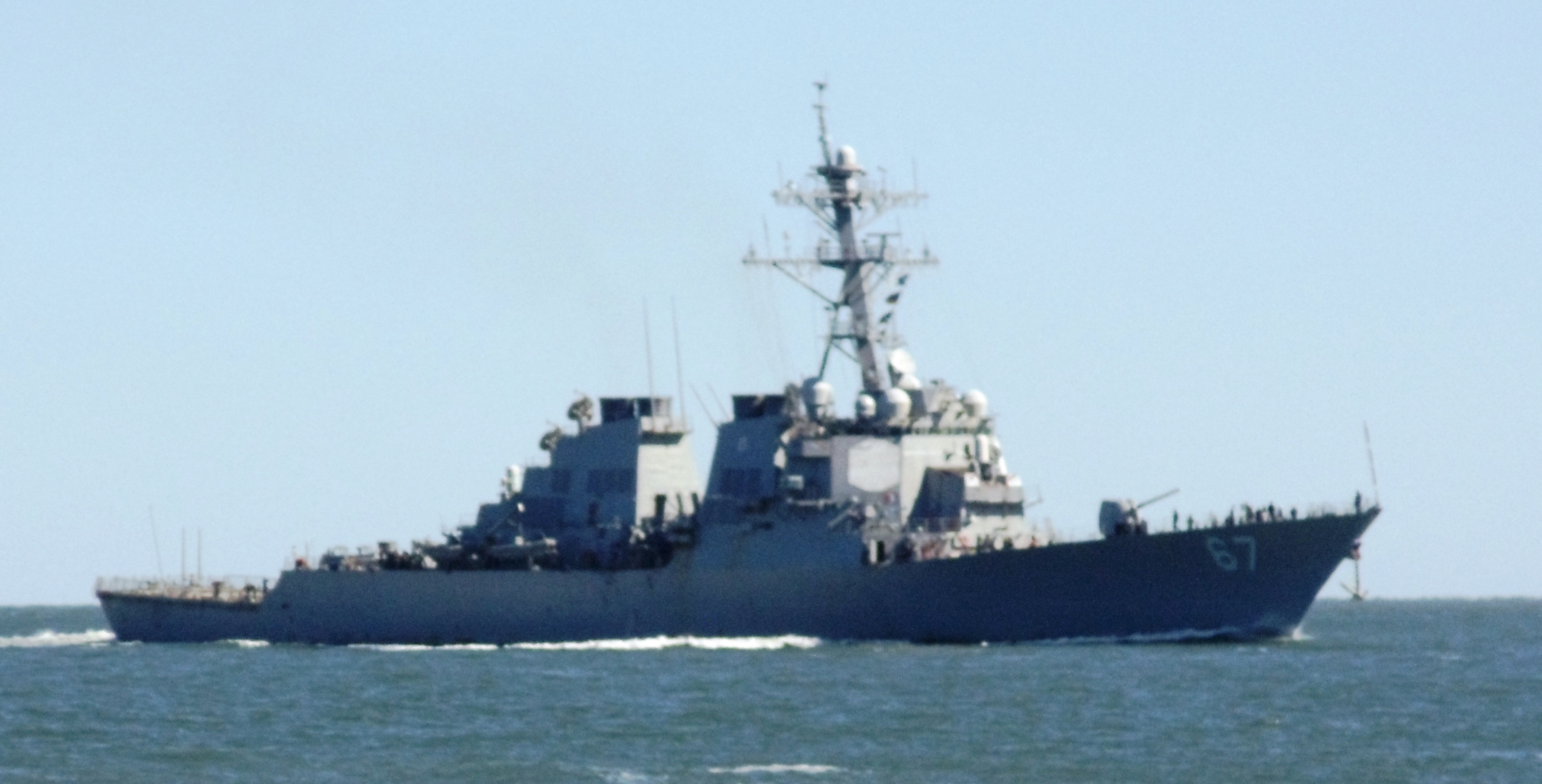
Whenever the Cole or the Idaho come to Yorktown, the bridge operator leaves the span open an extra 10 minutes out of respect for the fallen crew. The Cole has been deployed at least five times since it was repaired in Mississippi. Our guide cited all this firepower as protecting America’s military interests around the world. Off in the distance, a sailboat drifted obliviously.
Let’s Go Sail
Check rates and pick a day for a sailboat charter. See reviews on Trip Advisor.
